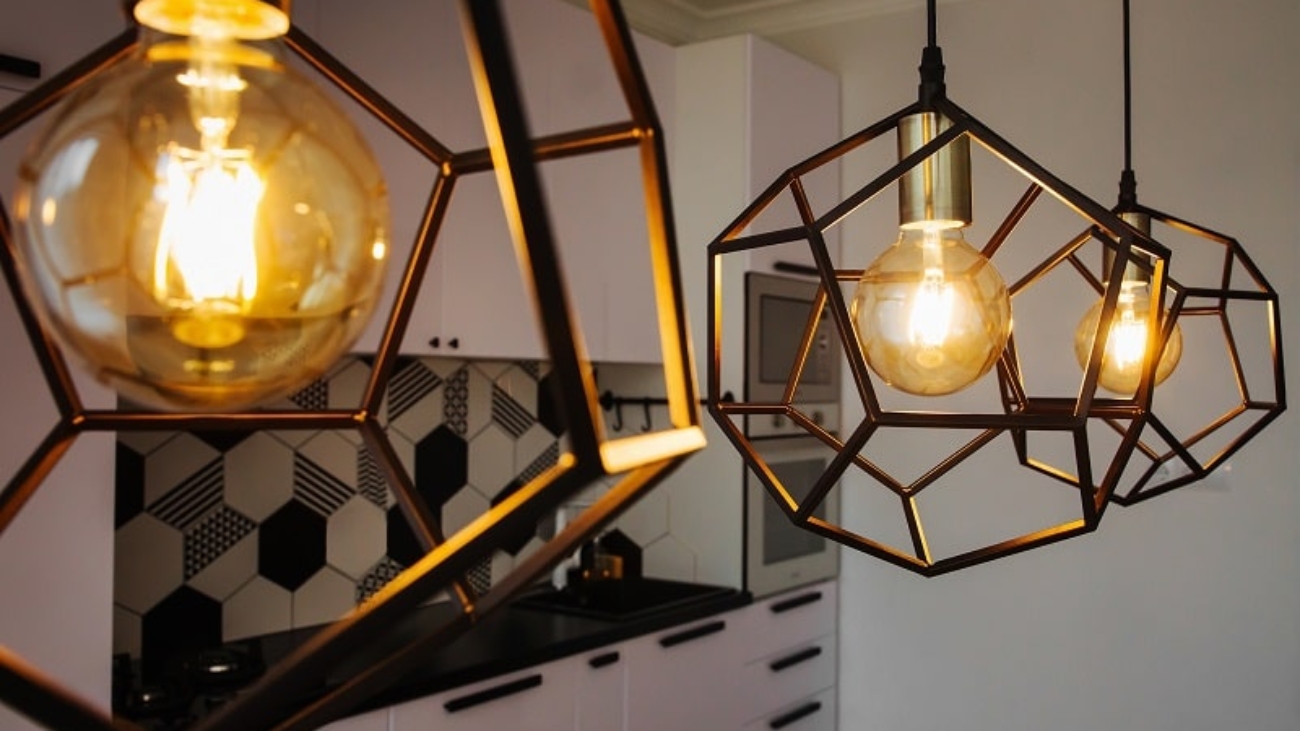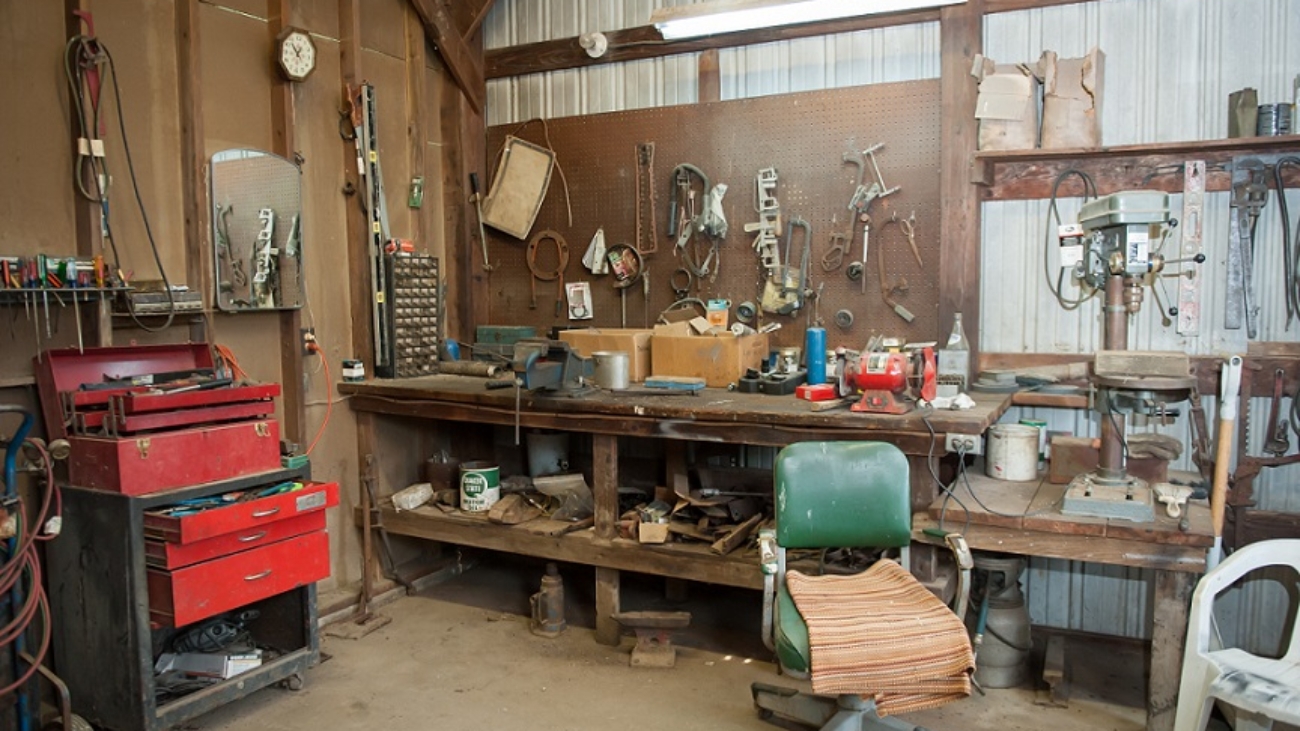
The extended lockdown periods of COVID restrict many employees to their inner sanctums: i.e. the home base.
This comes as a welcome relief to some, who relish the avoidance of a crowded commute or being confined to an uninspiring office environment.
But for those who prefer to work from a structured place of employment, the work-from-home concept can have its distractions and pressures.
A practical but inspirational home workspace – one that enables you to be both productive and creative – is the solution.
Be inspired to create an office that will help you slip out of domestic life and into the creative zone without even leaving the building.

Introduce plants to help ideas thrive
Our best ideas often come when we’re away from our desks and outside enjoying nature. So why not harness this phenomenon by bringing some of the beauty of nature into your workspace?
Houseplants not only brighten up a room but also provide oxygen for increased brainpower.
If you’re not a natural botanist, fear not. You don’t have to take on anything too large or intimidating. A coterie of cacti will thrive quite happily with minimal attention.
Choose a room with a view
A spectacular vista is an inspiration in itself. Nothing motivates productivity like a dramatic view.
In the absence of huge windows framing natural beauty, a snug position from which to observe life and indulge in a blue-sky outlook more than suffices.
A pretty backyard garden can be just as pleasant to look at, or even some flower-filled window boxes.

Employ excellent storage
Filing and organising your work is important, but it doesn’t need to be done in the traditional way. If you have the wall space, install a set of bespoke shelves with exposed spaces to sequester different projects.
Storage pieces built from natural materials and hues also add shine. The result will be more visually appealing than a filing cabinet and yet remain easily accessible.
Map out open-plan zones
You may need your room to fulfil a number of different functions, such as an admin centre, meeting hub and brainstorming station. Consider all of these needs in your design so that you can incorporate clear zones in your space.
The simple act of moving from work desk to meeting table – even if you only have room for a compact space to reconvene – will help shift the mood from functional to collaborative.
Steer clear of strictly office furniture
Don’t be restricted by traditional office furniture. An ergo-dynamic chair, spacious desk, appropriate lighting and organic wood office accessories fit into your utilitarian work mode, but also enhance your home environment.
Remind yourself of your mission
Surround yourself with some visual props – be it an inspirational quote, object imbued with meaning or a painting – for those days when you might be tempted to forget what it is you actually go to work for.
Look away from the wall
A desk that faces into the room rather than staring at a blank wall provides a fresh perspective when you’re searching for inspiration.
Most desks are set against a wall to maximise space (and potentially conceal wiring). However, if you can find a way to rearrange these elements, switching around your aspect allows you to enjoy the benefits of broadening your horizon.
Illuminate your work areas
Keep your focus tight and on point with well-planned lighting. Pools of light from different fittings can make for an energised space — with an emphasis on clarity. A mixture of standard lamps, desk lamps and ceiling lights will work wonders for your creativity and productivity levels.






















